A Log Observability Stack for the Cloud Native Era

Don't bring traditional logging software to a cloud-native stack.
Read more
Don't bring traditional logging software to a cloud-native stack.
Read more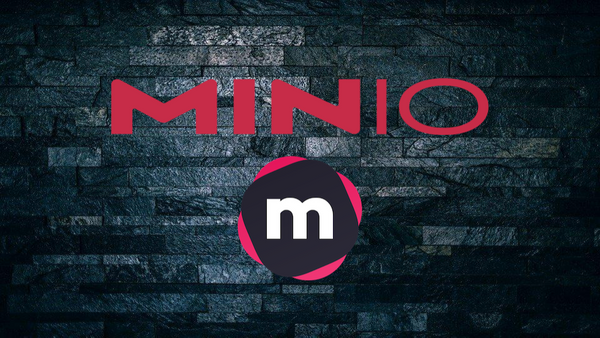
How to pair fast and efficient search with high-performance Kubernetes-native object storage.
Read more
Introduction Document management is a core requirement for all sorts of regulated institutions - finance, telecom, healthcare, government and others. These institutions need to manage and retain an ever growing number of documents and regulatory guidelines often require these documents to be stored for a very long term (7-10 years). Take for example, KYC (Know Your Customer) documents. Anyone starting
Read more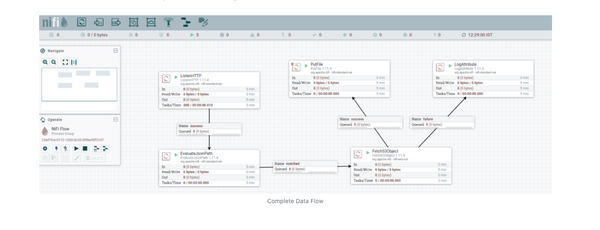
Apache Nifi is one of the most popular open source data flow engines available today. Nifi supports almost all the major enterprise data systems and allows users to create effective, fast, and scalable information flow systems. Creating data flow systems is simple with Nifi and there is a clear path to add support for systems not already available as Nifi
Read more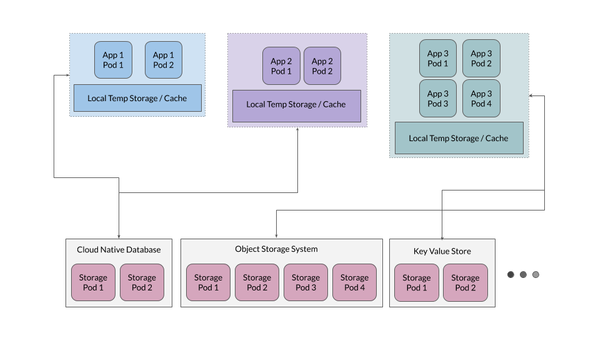
Kubernetes has fundamentally altered the traditional application development and deployment patterns. Application development teams can now develop, test and deploy their apps in days, across different environments, all within their Kubernetes clusters. Previous generations of technology typically took weeks if not months. This acceleration is possible due to the abstraction that Kubernetes brings to the table, i.e. it deals
Read more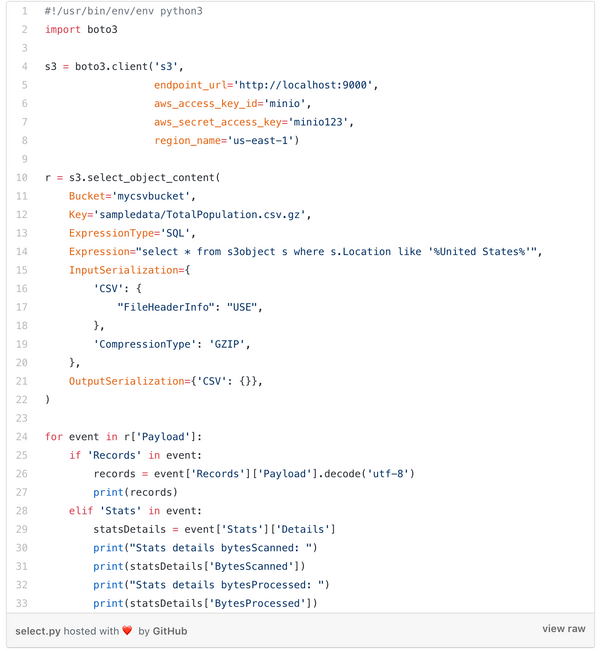
When early object storage APIs were developed they focused on the efficient storage and retrieval of objects. Amazon’s success with S3 and its implementation of the robust S3 API quickly became the de facto standard for object storage in the cloud. MinIO, recognizing this, invested heavily in creating the most compliant implementation of the S3 API outside of Amazon.
Read more
How to use Apache Flink to build a private cloud data pipeline for a variety of use cases.
Read more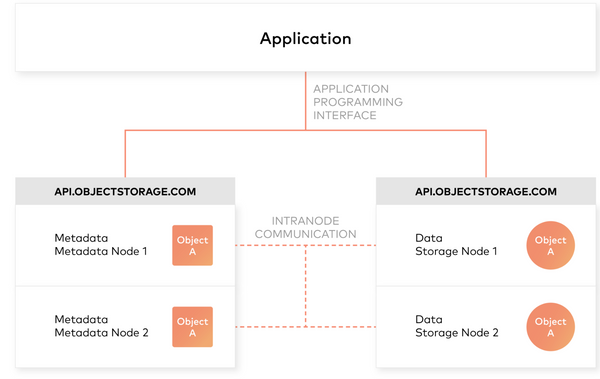
In this post we’ll learn more about object storage, specifically Minio and then see how to connect Minio with tools like Apache Spark and Presto for analytics workloads.
Read more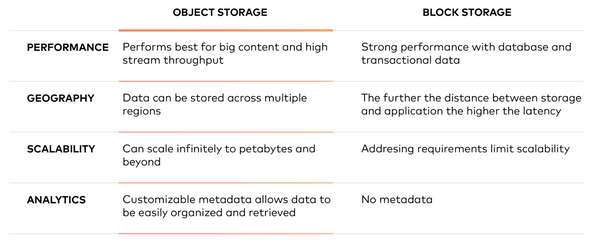
In the first part of this two post series, we’ll take a look at how object storage is different from other storage approaches and why it makes sense to leverage object storage like Minio for data lakes.
Read more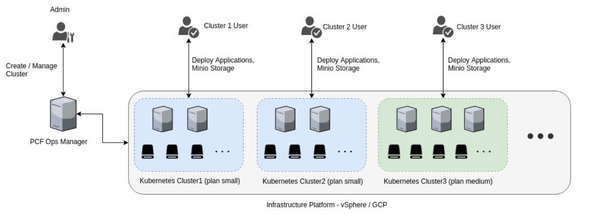
In this post, we learn about Pivotal Container Service deployment and how to use the pks command line tool to create and manage Kubernetes clusters. We also saw how to deploy Minio once your PKS Kubernetes cluster is set up and running.
Read more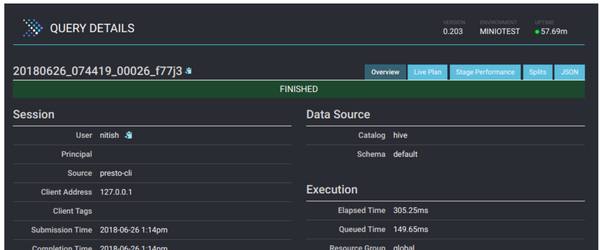
In this post, we learn about why and how Presto is becoming the tool of choice when querying large datasets from platforms like MinIO. We then learn the steps to setup and deploy Presto on private infrastructure.
Read more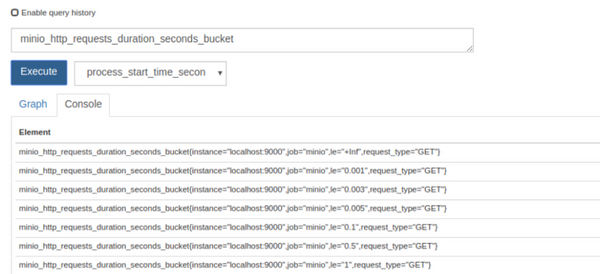
Minio now has built-in support for exporting Prometheus compatible data on an unauthenticated endpoint. This enables Prometheus monitoring for Minio server deployments without sharing server credentials and eliminates the need to run an external Prometheus exporter.
Read moreThere has been a lot going on MinIO server development front. We recently added support for * Disk Caching [https://docs.minio.io/docs/minio-disk-cache-guide] * Large/Petascale buckets [https://docs.minio.io/docs/minio-large-bucket-support-quickstart-guide] * Storage Classes [https://github.com/minio/minio/tree/master/docs/erasure/storage-class] While features like MinIO bucket federation [https://github.com/minio/minio/pull/5501], revamped MinIO
Read moreZFS is best known for abstracting away the physical storage device boundaries by pooling them together. ZFS completely removed the need to manually handle physical storage or worry about their individual capacities. ZFS is also a pioneer in its ability to detect data corruption and recover if data redundancy is available. However, as we already discussed, traditional filesystems can’t
Read more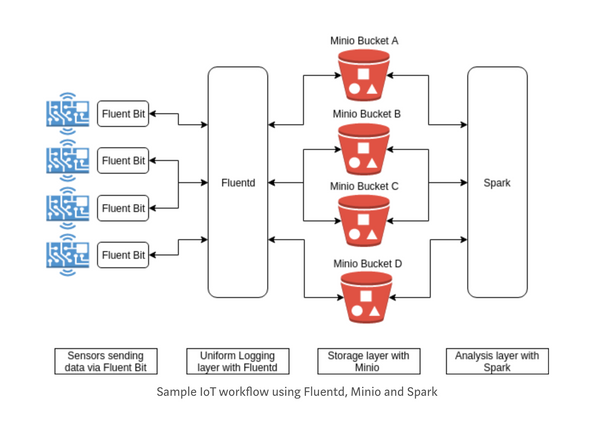
One of the major requirements for success with IoT strategy is the ability to store and analyze device and sensor data. As IoT brings thousands of devices online everyday, the data being generated by all these devices combined is reaching staggering levels. > Storing the IoT data in a scalable yet cost effective manner, while being able to analyze it
Read more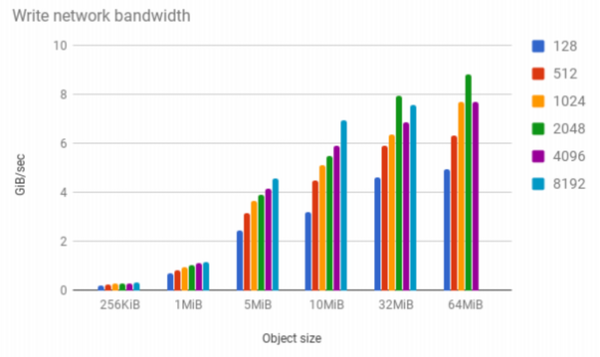
We take a look at COSBench performance numbers with Minio server running on NVMe drives
Read moreContainers running on orchestration platforms like Kubernetes, Docker Swarm, DC/OS et al. offer powerful, versatile ways to deploy applications. Containers let you deploy isolated application instances, and you can launch multiple such instances to scale up your load serving capacity. You don’t even need to worry about individual server capacities and scheduling thanks to orchestration tool, which provide
Read moreThis is a guest blog from our friends at Guardant Health [http://www.guardanthealth.com/]. Guardant Health is the world leader in comprehensive liquid biopsy. Oncologists order our blood test to help determine if their advanced cancer patients are eligible for certain drugs that target specific genomic alterations in tumour DNA. Each test produces huge amounts of genomic data that
Read moreToolsLib recently switched to a brand new dashboard [https://toolslib.net/blog/viewpost/2017/02/28/54-welcome-new-dashboard/]. However, behind the scenes, there was another switch happening. We used block based filesystem for underlying storage. However, as we grew, the filesystem was proving difficult to scale. So, we were looking to move from block based storage to an object store system,
Read moreContainer orchestration is gaining traction as the default way to deploy applications. Developers are architecting their modern applications from the ground-up to run in containers, which enables faster deployment and more resilience. Even legacy applications are adopting containers in every way they can to access these advantages. Of the many characteristics that make an application container ready, the way it
Read more